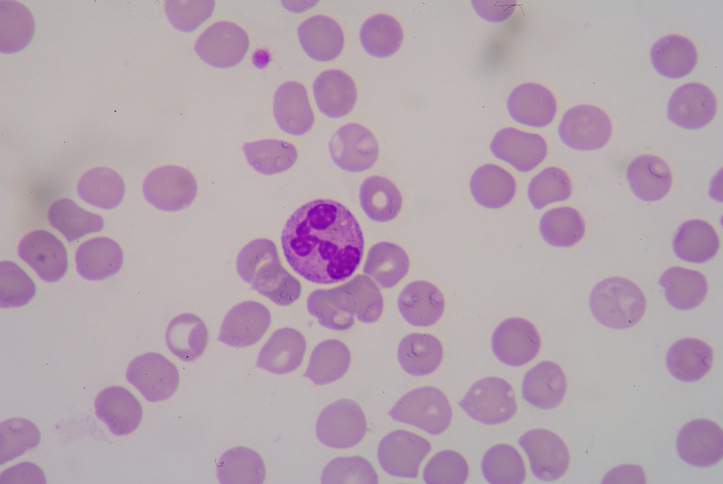
A study evaluated the role of microcytosis in predicting cancer. The researchers concluded that it may predict underlying cancer even in the presence of normal hemoglobin.
“Overall, the risk of cancer in patients with microcytosis was still low, however our research indicates a need to investigate cancer,” summarized Professor Willie Hamilton, MD, at the University of Exeter Medical School, in a press release. “In two patients with cancer out of three the possibility of cancer is fairly easy to identify. For the other third, symptoms are often vague, and don’t clearly point to cancer. For these patients GPs have to use more subtle clues to recognise that cancer may be present. Small red cells have long been recognised with colon cancer, but this study shows that they are a much broader clue, alerting the doctor to the small possibility of one of several possible cancers.”
Dr. Hamilton oversaw the research, which was conducted by medical sciences student Rhain Hopkins.
Electronic health records of patients aged ≥40 years using UK primary care were assessed. The research team compared one-year cancer incidence between patients with a mean red cell volume of <85 femtolitres (fL), which was considered low, or 85–101 fL, which was considered normal. They further analyzed the data by sex, age, group, cancer site, and hemoglobin values.
Microcytosis Increases Cancer Risk, More Pronounced in Males
A total of 12,289 patients with microcytosis were identified, of whom 497 (4.0%) had a new cancer diagnosis within one year (95% confidence interval [CI], 3.7% to 4.4%); 73,150 patients without microcytosis were identified, of whom 1,465 (2.0%) had a new one-year cancer diagnosis (95% CI, 1.9% to 2.1%). The difference was more pronounced when comparing males with microcytosis (6.2%; 95% CI, 5.5% to 6.9%) versus without (2.7%; 95% CI, 2.5% to 2.9%); females with and without microcytosis had one-year cancer rates of 2.7% (95% CI, 2.3% to 3.1%) and 1.4% (95% CI, 1.3% to 1.5%), respectively.
“In patients with microcytosis but normal haemoglobin, 86 out of 2637 males (3.3%, CI = 2.6 to 4.0) and 101 out of 5055 females (2.0%, CI = 1.6 to 2.4) were diagnosed with cancer,” the authors further observed.
Hopkins said of the study’s significance, “Research targeted at diagnosing cancer earlier is so important in reducing the burden of this devastating disease. The identification of risk markers, such as microcytosis, that are relevant to a range of cancers, can have a real impact in primary care.”
The study was published in the British Journal of General Practice.







 © 2025 Mashup Media, LLC, a Formedics Property. All Rights Reserved.
© 2025 Mashup Media, LLC, a Formedics Property. All Rights Reserved.